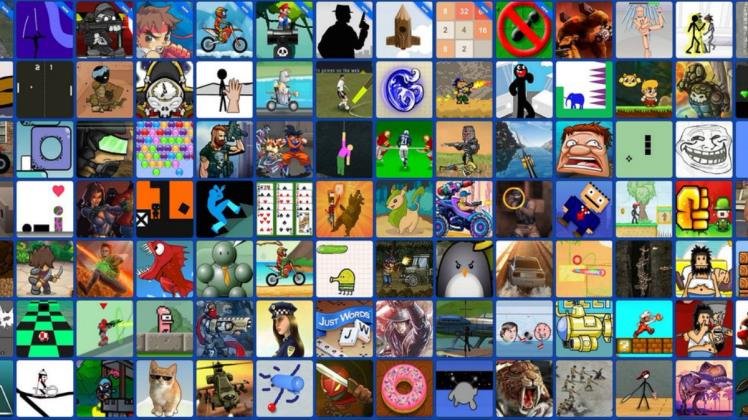Introduction
Slot machines have long been a staple in the world of gambling, captivating players with their flashing lights, enticing sounds, and promises of big wins. However, what exactly goes on in the mind of a slot player? Understanding player preferences is crucial for both casinos and game developers to tailor experiences that keep players engaged and satisfied. In this exploration, we delve into the psychology behind slot gaming, uncovering the factors that influence player preferences.
The Allure of Slots
Slot machines hold a unique appeal for players, blending elements of chance, excitement, and anticipation. Unlike other casino games that require skill or strategy, slots offer a simple and straightforward experience. The thrill of pressing a button or pulling a lever and watching the reels spin is enough to draw in players of all backgrounds.
Understanding Player Preferences
Visual and Auditory Stimuli: One of the key aspects of slot games is their sensory appeal. The vivid colors, animations, and sound effects are designed to captivate players and keep them engaged. Whether it’s the satisfying “clink” of coins or the triumphant music that accompanies a big win, these auditory and visual cues play a significant role in shaping player experiences.
Gameplay Mechanics: Slot players have diverse preferences when it comes to gameplay mechanics. Some may prefer traditional three-reel slots for their simplicity and nostalgia, while others are drawn to more complex video slots with multiple paylines and bonus features. The ability to customize betting options and adjust the pace of play also influences player satisfaction.
Return to Player (RTP): RTP is a critical factor for many slot players, as it indicates the percentage of wagered money that is paid back to players over time. Games with higher RTPs are generally perceived as more favorable, as they offer better chances of winning in the long run. Players often seek out slot gacor, or slots known for their high RTP and frequent payouts.
Theme and Storyline: Slot games come in a myriad of themes, ranging from ancient civilizations to pop culture icons. The theme and storyline of a slot can greatly influence player preferences, with some players gravitating towards themes that resonate with their interests or preferences. Immersive narratives and engaging characters enhance the overall gaming experience, keeping players entertained for longer periods.
The Role of Psychology
Reward Pathways: Slot gaming activates the brain’s reward pathways, triggering the release of dopamine—a neurotransmitter associated with pleasure and reinforcement. The intermittent reinforcement schedule employed by slot machines, where wins are unpredictable and occur at random intervals, further heightens dopamine levels, leading to feelings of excitement and anticipation.
Loss Aversion: Despite the inherent randomness of slot games, players often exhibit loss aversion—the tendency to prefer avoiding losses over acquiring equivalent gains. This psychological phenomenon can lead players to continue playing even after experiencing losses, as they chase the elusive “big win” in hopes of recouping their losses.
Conclusion
Understanding player preferences is essential for optimizing the slot gaming experience. By catering to the sensory, mechanical, and psychological aspects that influence player behavior, casinos and game developers can create engaging and rewarding experiences that keep players coming back for more. From the allure of visual and auditory stimuli to the psychological mechanisms that drive player behavior, the world of slot gaming offers a fascinating glimpse into the complexities of human psychology.



